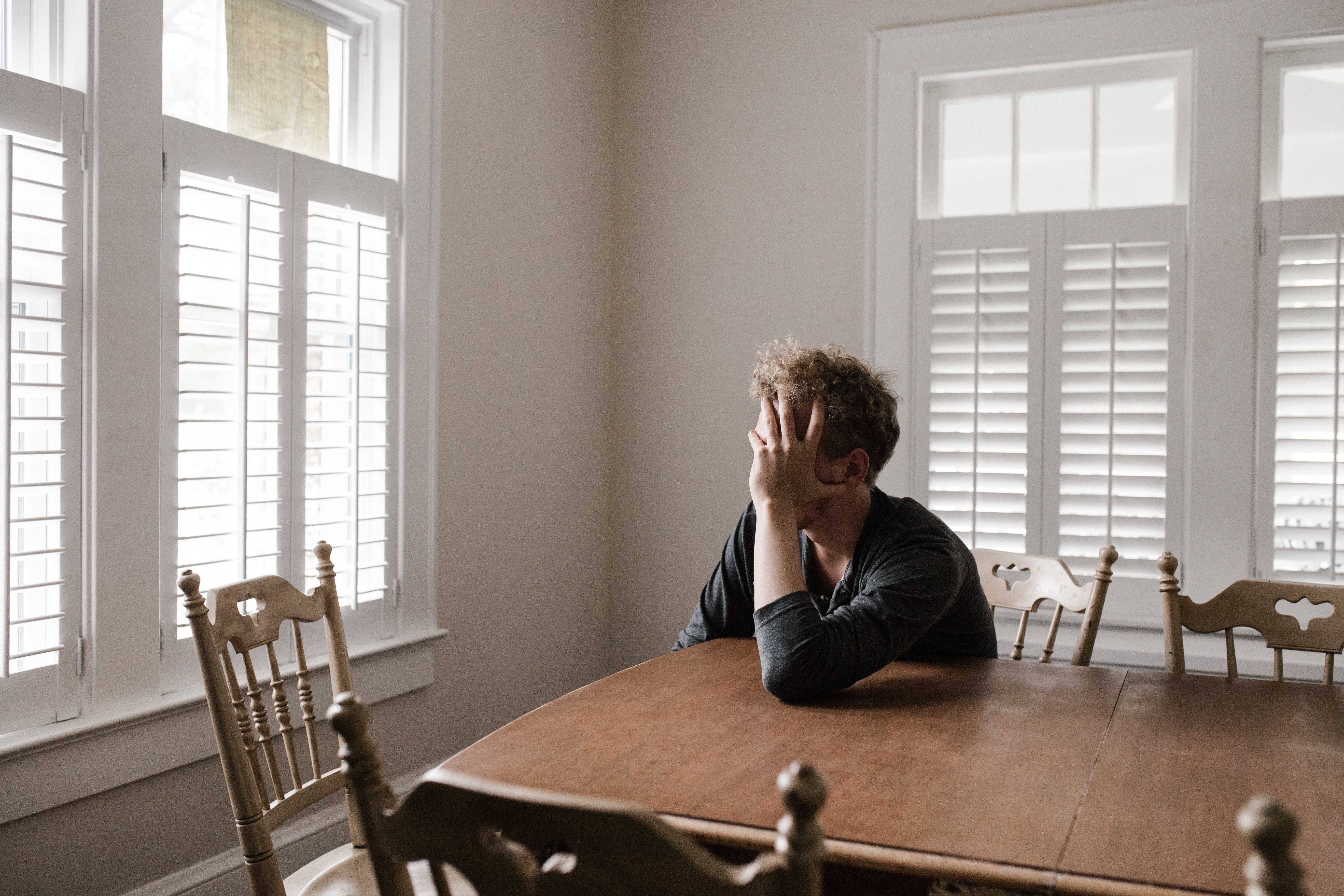Please note that this post is provided for informational purposes only and should not be taken as medical advice. If you have any concerns please consult an appropriately qualified medical professional.
Many of us feel down as the summer starts to fade, the weather gets colder, and the days get shorter. But for some people, the “winter blues” can be more serious and debilitating. If this sounds familiar then you may be suffering from a condition called Seasonal Affective Disorder, or SAD.
Read on to learn how to identify this common form of depression and some of our top tips for managing it.
What is SAD and What Are the Symptoms?

Seasonal Affective Disorder is a type of depression related to the changing of the seasons. It is sometimes informally known as “winter depression” because for most sufferers, symptoms are at their worst during the winter months. Less commonly, however, some people suffer during the summer and feel better in the winter.
The exact causes of SAD aren’t yet fully understood. According to the mental health charity Mind, theories about the causes include disrupted body clocks, the effects of lower levels of light, changes in the hormones melatonin and serotonin, and reactions to changes in the weather (such as lower temperatures.)
SAD is slightly different for everyone. Not everyone who experiences it suffers to the same degree and in the same way. Even the same person may experience variations in the type and severity of their symptoms during their lifetime.
Some of the common symptoms of depression to watch for include:
- Persistent feelings of sadness or emptiness
- Irritability or a bad temper
- A loss of pleasure or interest in things you normally enjoy
- Feelings of worthlessness, guilt, or low self esteem
- Tiredness or disturbed sleep
- Difficulty concentrating
- Low or no desire to socialize
- Reduced sex drive
- Changes in appetite, such as not wanting to eat or suddenly craving high sugar foods
If you experience any combination of these symptoms and they worsen noticeably during the winter or summer, you may be suffering from SAD.
It’s a good idea to see your doctor, who will advise you and may prescribe medication if appropriate. Here are a few other ways to help you manage your symptoms at home.
Light Therapy

Light therapy involves using special types of lighting to improve your mood. Many SAD sufferers say that using a light box, which gives out a strong blue or white light, helps to manage their symptoms. These boxes mimics sunlight and are significantly brighter than typical light bulbs. Light therapy lamps for SAD should filter out as much UV light as possible to protect your eyes.
The Mayo Clinic recommends using your light box first thing in the morning for around 20-30 minutes.
Another option is to use a lamp or alarm clock that simulates a natural dawn. You may find this particularly helpful if you struggle to wake up and get out of bed in the morning.
You can buy light therapy devices online and you do not need a prescription. While it is safe for most people, some medications and existing conditions can make light therapy dangerous. Always check with your doctor if you’re not sure.
Look After Your Body

Though it may be the last thing you feel like doing, maintaining a healthy diet and getting plenty of exercise can help to regulate your mood and manage SAD. Get outside as much as possible during the daylight hours to maximize your exposure to Vitamin D, which studies suggest can help to fend off depression.
Look at your alcohol use, too. Many people drink more to cope with their feelings during times of depression. However, because alcohol is a depressant, it is likely to make you feel worse in the long run. Drinking too much can also lead to serious health problems over time. Try limiting your alcohol consumption to one or two days per week or cutting it out completely.
Stress can have a physical impact on your body as well as worsening depression symptoms. Therefore, where possible, try to limit your stress levels.
Stay Social

Even though you might not feel like it, it’s a good idea to keep doing as many of your normal activities as possible when you’re feeling depressed. This particularly includes things that give you pleasure, such as hobbies or seeing your friends. Doing activities you enjoy and staying connected with your loved ones will help to lift your mood.
Most importantly, remember that there is no shame in struggling and asking for help. You’re not alone!
Read more

Medically Reviewed By | Johannah Gregg, DNP FNP-C You may have heard that the answer to better muscle function and performance is improved blood flow. Recovery technology, like Incrediwear, highlig...

World Mental Health Day is coming up on Monday October 10th. Pioneered by the World Health Organization and supported by mental health professionals, charities, and campaigners globally, World Ment...






Leave a comment
All comments are moderated before being published.
This site is protected by hCaptcha and the hCaptcha Privacy Policy and Terms of Service apply.